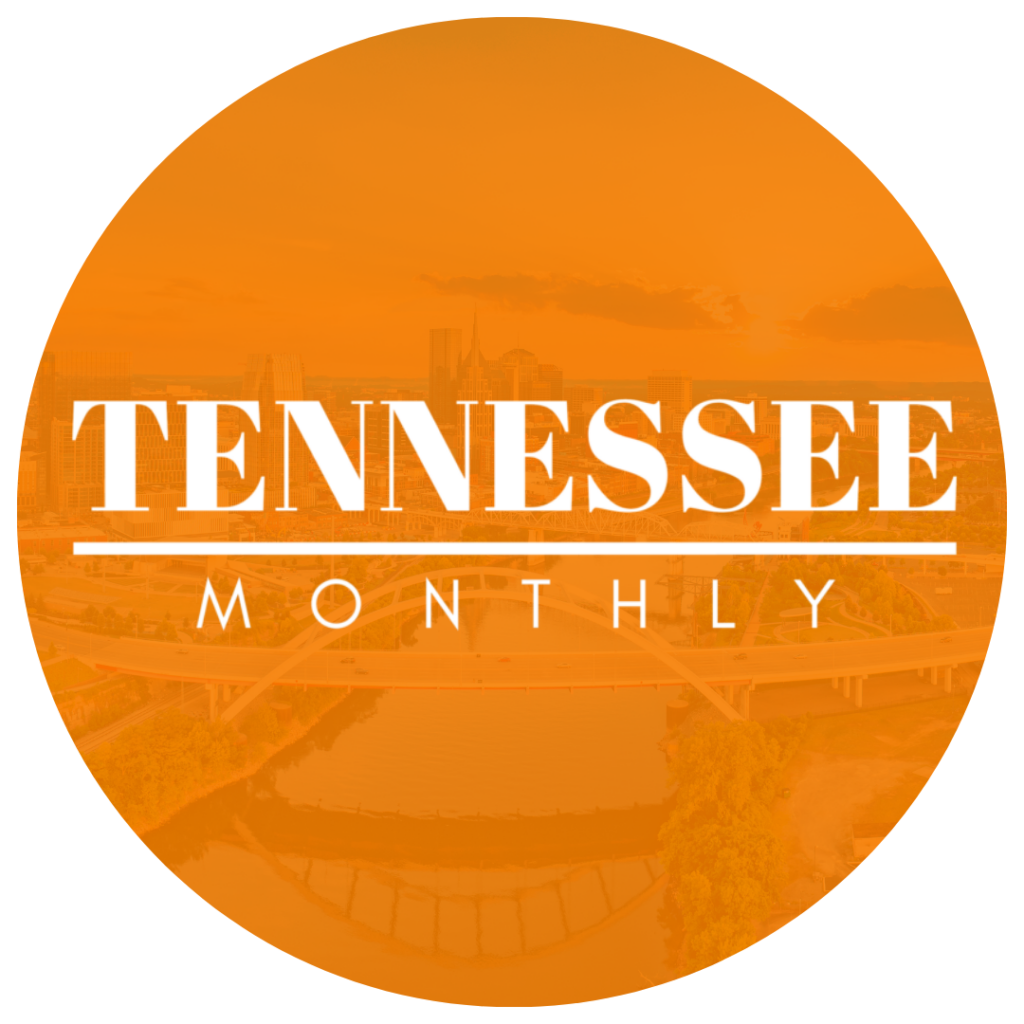What Is Inflation and How Is It Measured?
Inflation is the rate at which the general level of prices for goods and services rises over time, resulting in the decreasing purchasing power of money. Essentially, as inflation increases, each unit of currency buys fewer goods and services, leading to an increase in the cost of living. Inflation is a key economic indicator and is often measured using indexes such as the Consumer Price Index (CPI) and the Producer Price Index (PPI).
The CPI measures the average change over time in the prices paid by urban consumers for a basket of goods and services. This includes categories such as food, housing, clothing, transportation, and medical care. The PPI, on the other hand, measures the average change in the selling prices of goods and services from the perspective of the seller, primarily focused on wholesale prices.
Read Also: Unlocking the Secrets of the Gods: Flower Symbolism in Greek Mythology
These measurements allow policymakers, economists, and businesses to track inflation and understand its impact on purchasing power, which is critical for making informed economic decisions.
What Are the Different Types of Inflation?
Inflation can take several forms, each with distinct characteristics and implications for the economy. The two primary types of inflation are demand-pull inflation and cost-push inflation, but there are other variations, including built-in inflation and hyperinflation.
Demand-pull inflation occurs when the demand for goods and services exceeds the economy’s ability to produce them, leading to higher prices. This type of inflation often arises in times of economic expansion when consumer confidence is high, and spending increases. For example, if consumers and businesses are spending more, but the supply of goods remains the same, prices will inevitably rise to balance demand and supply.
Cost-push inflation happens when the costs of production increase, causing producers to raise prices to maintain profitability. This can be triggered by factors such as rising labor costs, increases in raw material prices, or supply chain disruptions. An example of cost-push inflation might occur when oil prices rise, increasing the cost of transportation and production across various industries, which in turn drives up the price of goods.
Built-in inflation, also known as wage-price inflation, occurs when workers demand higher wages to keep up with rising living costs, leading businesses to raise prices to compensate for the higher labor costs. This cycle of increasing wages and prices can create persistent inflationary pressures.
Hyperinflation is an extreme form of inflation where prices rise uncontrollably, often exceeding 50% per month. Hyperinflation is rare but has occurred in history, such as in Zimbabwe and Germany during the Weimar Republic. Hyperinflation can result in a collapse of the currency and severe economic instability.
What Causes Rising Prices?
Several factors can contribute to rising prices in an economy, and understanding the primary causes of inflation is essential for managing it. Broadly speaking, inflation can be driven by demand-pull factors, cost-push factors, and a mix of both.
Demand-pull inflation is one of the most common causes of rising prices. It occurs when aggregate demand in an economy outpaces the available supply of goods and services. This can happen due to increased consumer spending, government expenditure, or investment by businesses. As demand grows, businesses may struggle to keep up, leading to price increases to balance supply and demand.
On the other hand, cost-push inflation occurs when the cost of production rises, and businesses pass those costs on to consumers in the form of higher prices. This can happen when the prices of key commodities—such as oil, labor, or raw materials—increase. For example, if oil prices spike, transportation costs for goods and services also increase, leading to a rise in prices across many sectors of the economy.
Global factors, such as geopolitical instability or natural disasters, can exacerbate inflation by disrupting supply chains and driving up the costs of goods and services. Additionally, inflation can be caused by currency depreciation, where a weaker currency leads to more expensive imports, further driving up prices.
How Does Inflation Impact Individuals and Businesses?
The effects of inflation can be felt across various sectors of the economy, influencing the purchasing power of individuals and the operations of businesses. For consumers, inflation leads to an increase in the cost of living. As the prices of everyday goods and services rise, individuals may find it more difficult to maintain their standard of living, especially if their wages do not increase at the same pace as inflation.
Inflation can also impact savings, as the value of money decreases over time. Individuals who hold large amounts of cash or savings may see their wealth erode if inflation is high and their savings are not earning a return that outpaces inflation. This can lead to a reduction in purchasing power, particularly for retirees or those on fixed incomes.
For businesses, rising prices can result in higher production costs, leading to reduced profitability if they cannot pass those costs on to consumers. In some cases, businesses may struggle to maintain their profit margins if they cannot increase prices enough to cover rising costs. Inflation can also create uncertainty for businesses, making it harder to plan for the future and invest in long-term growth.
How Do Central Banks and Governments Respond to Inflation?
Central banks and governments use a variety of tools and strategies to manage inflation and maintain price stability. One of the most common tools used to control inflation is monetary policy, which is managed by central banks such as the Federal Reserve in the United States or the European Central Bank in Europe.
Interest rates are a primary mechanism for controlling inflation. When inflation is rising too quickly, central banks may increase interest rates to reduce borrowing and spending. Higher interest rates make loans more expensive, leading to a reduction in demand for goods and services. This helps to cool down an overheating economy and reduce inflationary pressures. Conversely, if inflation is low and the economy is struggling, central banks may lower interest rates to encourage borrowing and stimulate economic growth.
Another tool central banks use is quantitative easing (QE), where they purchase government securities to inject money into the economy. While this can boost economic activity, it can also lead to higher inflation if not managed carefully.
Governments can also implement fiscal policies to address inflation, such as adjusting tax rates or reducing government spending. By reducing demand through fiscal tightening, governments can help ease inflationary pressures.
Read Also: The Ultimate Guide to Planning Your Cycling Tour
Managing the Complexities of Inflation
Inflation is a complex phenomenon with far-reaching consequences for individuals, businesses, and the broader economy. Understanding its mechanisms, causes, and effects is crucial for managing its impact. Whether driven by demand-pull or cost-push factors, inflation requires careful management by central banks and governments to ensure price stability and long-term economic growth.
For individuals, staying informed about inflation and its potential effects on personal finances can help mitigate its impact. By making smart financial decisions, such as investing in assets that outpace inflation or adjusting spending habits, people can better navigate periods of rising prices.
In the end, inflation is a natural part of a growing economy, but understanding how it operates and how to manage it is essential for minimizing its negative effects on society.








